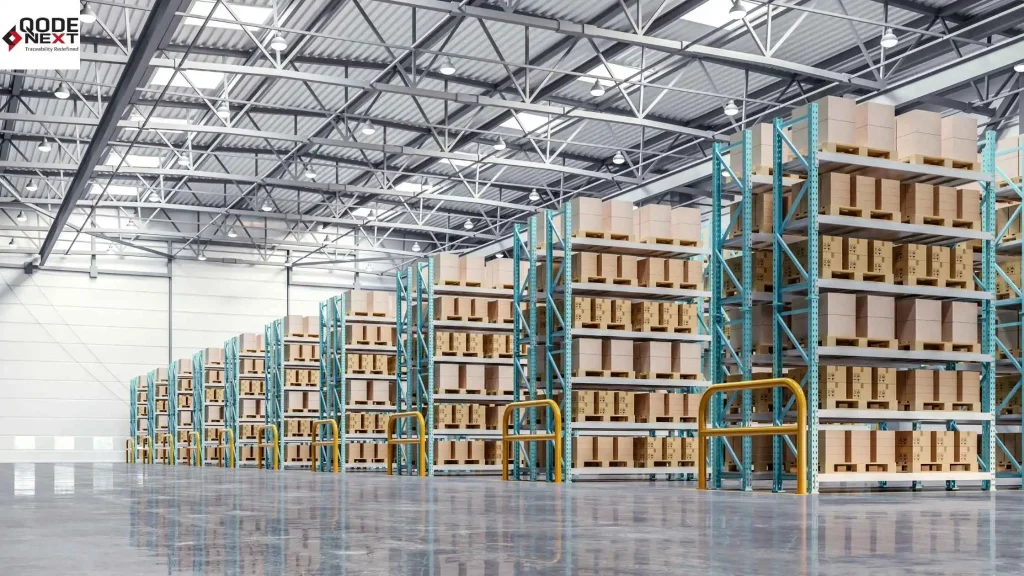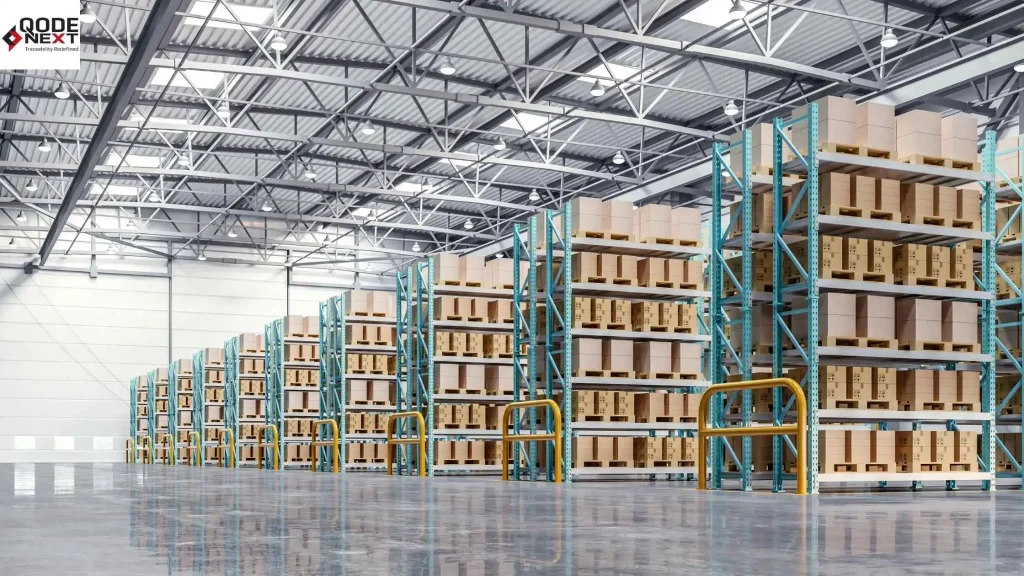Shared warehouse space is a boon for businesses looking to expand their infrastructure. It enables e-commerce companies to maximize productivity in space, resources, and operational facilities. But is shared spacing a better option for your business? Let’s explore the concept in depth, including its, benefits and challenges.

What is Shared Warehouse Space?
Shared warehouse space, often referred to as co-warehousing, is a storage arrangement where multiple businesses use the same warehouse to store goods. Unlike a private warehouse dedicated to a single company, shared warehouses operate on a collaborative model.
Businesses lease portions of the warehouse based on their specific needs, whether it’s square footage, pallet positions, or temperature-controlled storage.
This model is particularly appealing to small and medium-sized enterprises (SMEs) that lack the budget for large-scale private warehousing. Due to its flexibility and supply chain efficiency measures, it’s also becoming a popular choice for e-commerce startups.
Advantages of Shared Warehouse Space
A shared warehouse offers numerous benefits. Here are a few listed below.
1) Cost Efficiency
Shared warehouses significantly reduce operational costs by splitting expenses such as rent, utilities, labor, and equipment among multiple tenants. This is especially beneficial for businesses with fluctuating inventory needs or seasonal demand.
2) Scalability
Businesses can easily scale their storage requirements up or down depending on demand. This flexibility is ideal for companies experiencing rapid growth or dealing with unpredictable market conditions.
3) Access to Advanced Technology
Many shared warehouse spaces have modern inventory management systems, robotics, and real-time tracking technologies. Smaller businesses can access these warehouse safety solutions without the burden of investing in them independently.
4) Reduced Administrative Burden
By sharing warehouse space, businesses can outsource non-core operations, such as facility maintenance, security, and compliance, to the warehouse provider.
5) Strategic Locations
Shared warehouses are often located in logistics hubs, ensuring better connectivity to major markets and transportation networks. This helps businesses improve delivery times and reduce shipping costs.
6) Networking Opportunities
Sharing space with other businesses can foster collaborations and partnerships, creating opportunities for growth and innovation.
Challenges of Shared Warehouse Space
While shared warehousing services offer numerous benefits, it’s not without its challenges:
1) Lack of Customisation
Unlike private warehouses, shared spaces may not always cater to a company’s specific operational needs. Businesses with unique storage requirements, such as hazardous materials or oversized goods, might face limitations.
2) Potential Conflicts
Sharing resources and space with other businesses can lead to disputes over priorities, scheduling, or space allocation. A clear agreement and effective communication are essential to mitigate these issues.
3) Security Concerns
While most shared warehouses have robust security measures in place, sharing space with other businesses can raise concerns about inventory safety. Companies should inquire about the facility’s security protocols before signing a contract.
4) Limited Control
Businesses have less control over shared warehouse operations, which can be a drawback for companies that prioritize complete oversight of their inventory management.
5) Risk of Delays
Shared facilities may experience delays in handling shipments during peak seasons or high-demand periods, impacting the supply chain.
Is Shared Warehouse Space Better for Your Business?
Deciding whether shared storage space is the right choice depends on several factors, including the size of your business, budget, and operational needs. Below are some scenarios where shared facilities might be a better option:
1) Small and Medium-Sized Businesses
For SMEs with limited budgets and variable storage requirements, shared warehouse space provides an affordable and flexible solution.
2) Startups and eCommerce Businesses
Shared warehouse space is ideal for startups that need to scale quickly or eCommerce businesses that experience seasonal demand spikes.
3) Businesses in Growth Mode
Companies undergoing rapid expansion can benefit from the scalability of shared warehousing, allowing them to adjust storage needs without committing to long-term leases.
4) Organisations Seeking Cost Optimisation
If reducing overhead costs is a priority, shared warehouse space offers a way to achieve cost efficiency in supply chain management.
However, businesses with highly specialised storage needs, large-scale operations, or strict inventory management protocols might find private warehousing a more suitable option.
Factors to Consider When Choosing Shared Warehouse Space
If you’re considering shared warehouse space, here are some key factors to evaluate:
- Location – Ensure the warehouse is strategically located near transportation hubs, suppliers, or target markets.
- Services and Technology – Look for warehouses equipped with advanced technology, such as warehouse management systems (WMS), RFID tracking, and automation.
- Security Measures – Verify the facility has robust security measures, including surveillance systems, access controls, and theft prevention protocols.
- Flexibility and Scalability – Choose a warehouse that allows you to scale up or down based on your business’s changing needs.
- Reputation and Reviews – Research the warehouse provider’s reputation by checking reviews and seeking recommendations from other businesses.
- Contract Terms – Read the terms and conditions carefully, ensuring there are no hidden fees and that the agreement aligns with your business requirements.
FAQs – Shared Warehouse Space
Which type of warehouse is best?
Several types of warehouses like shared, contract, and distribution centres offer numerous benefits. The choice depends on your specific business needs and budget.
How can we use warehouse space efficiently?
Leverage your WMS system to maximise space potential without increasing costs. Extend your racking area to add pallet storage locations, wherever required.
Are there any risks associated with shared warehouses?
While shared warehouses offer various benefits, potential risks include security concerns, limited control, and the possibility of delays due to shared resources.
How can I ensure my inventory is secure in a shared warehouse?
Choose a warehouse provider with robust security measures, including surveillance systems, access controls, and insurance coverage.
What are the three types of warehouses?
The three major warehouse types are private, public, and bonded facilities.
How is a shared warehouse different from private warehousing?
In shared warehousing, multiple businesses share the same facility and resources, reducing costs. Private warehousing, on the other hand, is dedicated to a single business and offers more control but at a higher cost.
Conclusion
Businesses hesitate to invest in dedicated storage facilities. In such cases, shared warehouse spaces allow multiple companies to share the same facility, dividing resources and costs. Thus, offering the flexibility to scale independently regardless of supply and demand.
For more strategies on supply chain optimization, contact Qodenext today.







